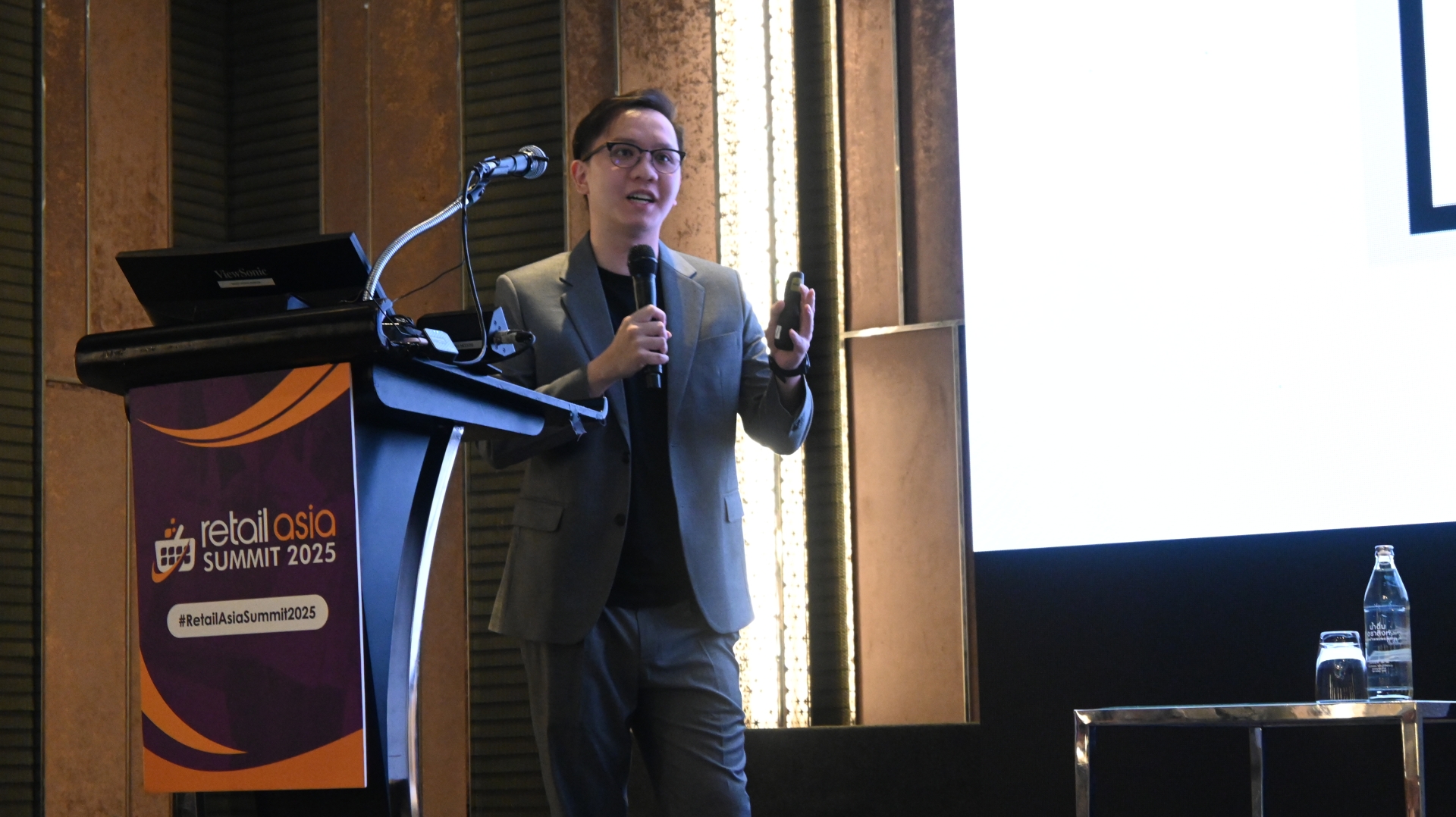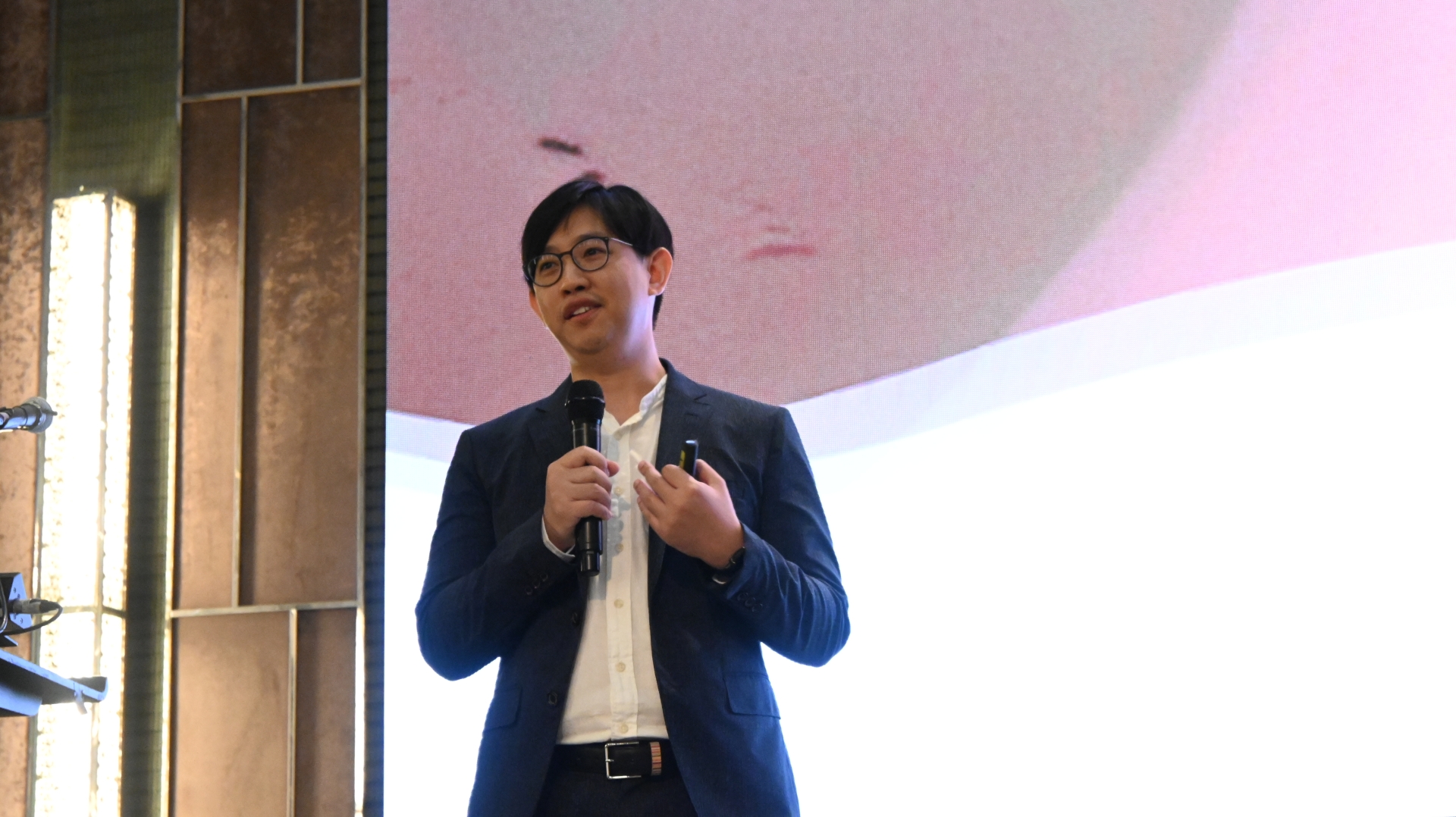
Central Group turns data into customer insights
The Bangkok-based company analyses a shopper's buying behaviour across all sales channels.
Central Group, which operates Thailand’s top digital lifestyle and loyalty platform, is using the membership programme to turn data into customer insights, including on their shopping behaviour, to drive sales.
Through the so-called single view of customer technology of its The 1 app, which counts more than 20 million members — almost a third of Thailand’s population — the group analyses a shopper's buying behaviour across all sales channels.
The technology combines data from various partners within Central Group and external brands by tracking what customers buy and where they buy it, Jiradej Ekthumrong, data analytics principal at Central Group, told the Retail Asia Summit 2025 in Bangkok in February.

“Through this, we can identify core customers, potential customers, shopping frequency, and behaviours,” he pointed out.
Ekthumrong said the programme could categorise a customer as a mother who shops for kids’ and beauty products but does not spend much on fashion, allowing them to identify opportunities.
He added that it also lets them study specific customer segments.
For example, they analysed “silver spenders” or customers aged at least 55 years and found that they prioritise skincare, beauty treatments, and health-related products, particularly during Valentine’s Day promotions, Ekthumrong said.
He said the company uses artificial intelligence (AI)-driven prediction models for more accurate insights and maximising data value.
Central Group’s call centre gets about 12,000 calls each month totalling 50,000 minutes, Jamon Chartsatienpong, head of data analytics at Central Group, told the retail summit. “It is too large for manual analysis, but AI can handle it efficiently.”

Chartsatienpong said AI converts customer conversations into texts. From there, the company automates call summaries, classifies topics, and analyses customer sentiment.
“After analysing 2,500 calls from early December, we found that most customer sentiments were neutral to positive,” he said. “However, 17% of calls resulted in negative feedback.”
He said the top three reasons for customer calls were profile updates, issues with point balances, and problems with the mobile app.
By filtering negative calls, the company saw that most complaints were about poor in-store service and login issues.
“Applying AI to voice data has significantly improved response times by enabling real-time alerts and analyses, replacing manual reports,” Chartsatienpong said.
It also allowed them to address issues more quickly and ensure that customer interactions were documented accurately, he added.

















 Advertise
Advertise





